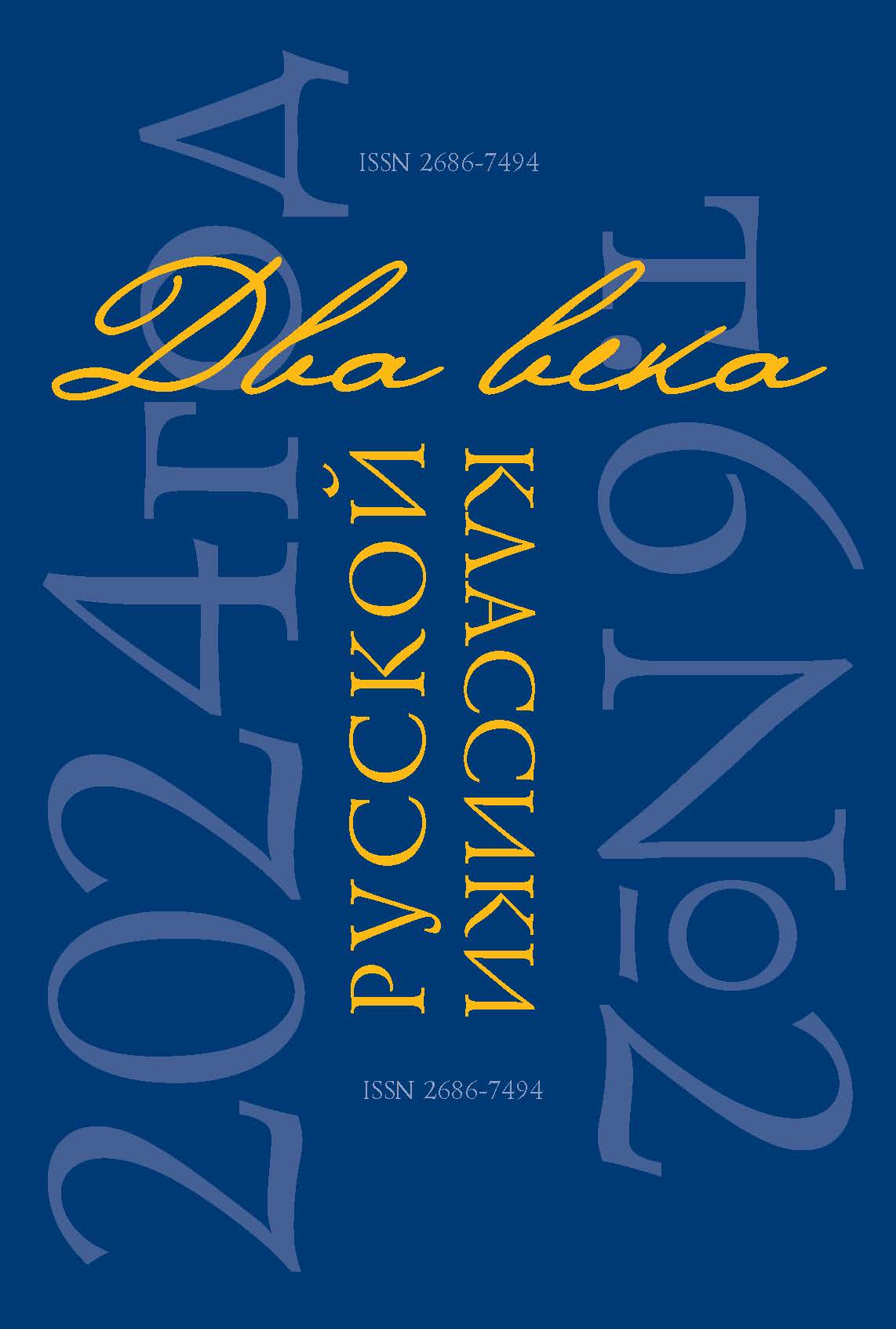Abstract:
I. S. Turgenev passes a difficult way in creating his artistic typification of characters, from images of romantic heroes and social types to psychological types in “A Sportsman’s Sketches” and short stories of the 1850s. Already in the essay “Khor and Kalinych” the writer acted as a true innovator. He not only depicted two peasants in their natural environment, but for the first time in Russian literature he created two psychological types of a peasant, found in Russia in a variety of forms and a different combination of characteristic features. In later stories (“The Lull,” “Torrents of Spring”), Turgenev uses new techniques for modeling characters and revealing their psychology: “cinematic” methods of portraying, the use of artistic mirrors, literary reminiscences and allusions. In his novels, characters appear as unique personalities — individuals. The highest level of typification of characters in Turgenev’s works is to consider them as cultural types — Hamlet and Don Quixote and their modifications, which can be traced in his novels “Rudin,” “On the Eve,” “Fathers and Sons.”
References
Ginzburg, L. Ia. O psikhologicheskoi proze [On Psychological Prose]. Leningrad,Khudozhestvennaia literatura Publ., 1977. 442 p. (In Russ.)
Lichko, A. E. Psikhopatii i aktsentuatsii kharaktera u podrostkov [Psychopathies and Character Accentuations in Adolescents]. Moscow, Rech’ Publ., 2010. 126 p. (In Russ.)
Markovich, V. M. Chelovek v romanakh I. S. Turgeneva [Human Being in the Novels of I. S. Turgenev]. Leningrad, Leningradskii gosudarstvennyi universitet Publ., 1975. 154 p. (In Russ.)
Iung, K. G. Psikhologicheskie tipy [Psychological Types]. Tomsk, Vodolei Publ., 1993. 96 p. (In Russ.)









